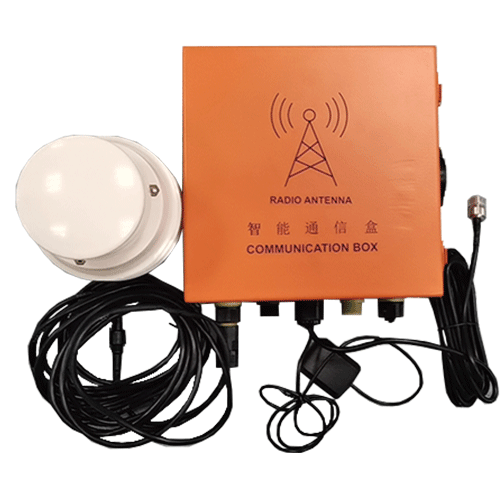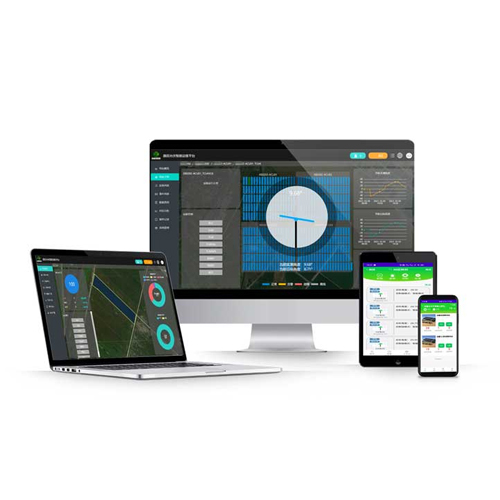Solar energy is rapidly becoming a viable alternative source of energy. Due to the rapid depletion of fossil fuels, the need for alternative energy is crucial. Maximum efficiency must be achieved for solar energy to be effectively utilized. Solar tracking is a feasible method to increase the power output of solar cell arrays. So, how does a solar power tracking system help increase the profitability of power plants?
What is a solar power tracking system?
A solar power tracking system is a device that tracks the movement of the sun in the sky from sunrise to sunset. The tracking system allows solar panels to follow the path of the sun and produce more renewable energy compared to other methods.
By using tracking systems, the amount of solar energy received by solar panels can be increased and the energy output of heat/electricity generated can be improved. Solar tracker can increase the output of solar panels by 20%-30%. This significantly improves the economic feasibility of solar panel tracker project. Clearly, as panel efficiency improves, the utility of solar power tracking systems also increases under similar conditions.
Types of solar tracker
There are two main types of solar power tracking systems: single-axis and dual-axis. Single-axis tracking systems move solar panels along one axis, allowing them to form an arc from east to west, tracking the sun as it moves from east to west.
2-axis trackers allow panels to move along two axes, aligning them with south-north and east-west movements. This type of system is designed to collect solar energy year-round by tracking the sun's east-west movement every day and adjusting it according to seasonal changes in the sun's path.
Advantages of a solar power tracking system
The most significant advantage of solar power tracking systems is that they increase power production compared to similarly sized static solar power plants. In general, power stations equipped with the single-axis solar tracker can improve performance by 20% to 30%. The performance of dual-axis trackers further increases by 5% to 10%. Therefore, a dual-axis tracking system can increase performance efficiency by 40%. Dual-axis tracking systems are the most effective way to maximize solar energy production, especially in high-latitude regions where the sun's position in the sky varies greatly between summer and winter.
Although trackers are an excellent system for increasing energy output from photovoltaic power plants, several things need to be considered. The installation and maintenance costs of the tracking system are much higher than those of static solar power plants. In addition, solar power tracking systems are not suitable for installation on roofs because they are too heavy for roof applications.
Solar tracking systems improve the efficiency of solar power plants
Installing a solar power tracking system rather than a fixed tilt system is the most economical for most projects. Solar tracking systems allow photovoltaic components to follow the sun's daily path while maintaining a straight line angle with the sun, increasing energy production and profitability for power plants.
Using solar power tracking systems can increase energy output by 20% compared to similar fixed tilt arrays. The additional cost of the tracking system and the power gain are suitable for cost-benefit analysis. To be economically feasible, the additional cost of installing the tracking system, as well as operating and maintaining it during the system's lifespan, must be lower than the value of the additional electricity it generates.
For utility-scale power plants, installing and operating a tracking system typically increases project costs by about 10%. Spending 10% to gain a 20% gain is a clear economic advantage of a tracking system, but increased electricity production is not the only advantage of a tracking system.
Solar tracking systems improve the performance of power plants, lower your LCOE, and increase your investment return. In addition to increasing annual yield, solar power tracking systems can help you produce more electricity than a fixed tilt system during peak-demand periods.
 English
English  中文
中文


